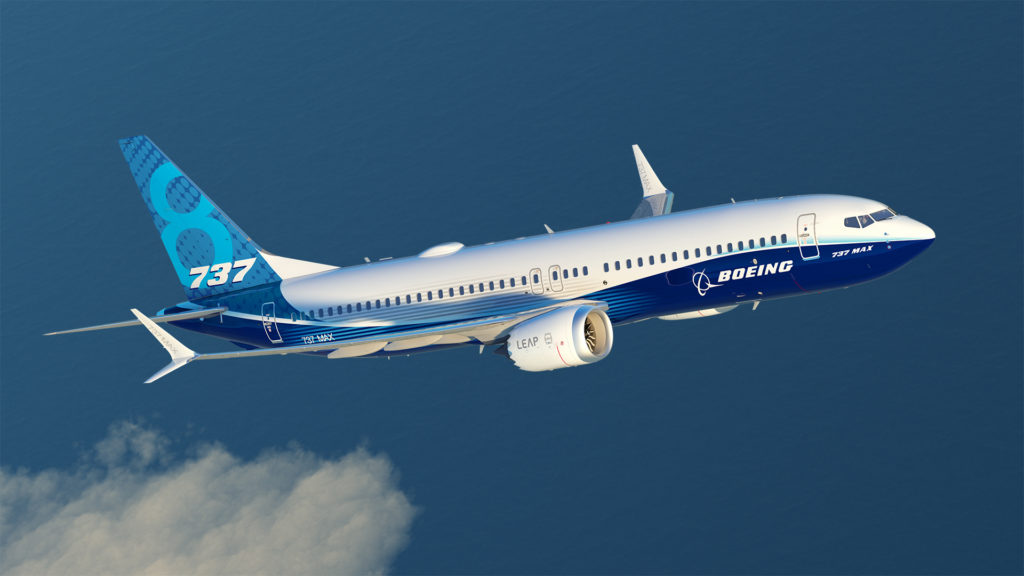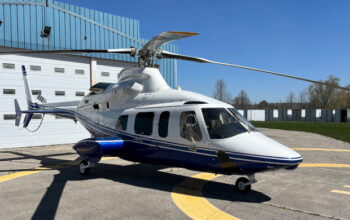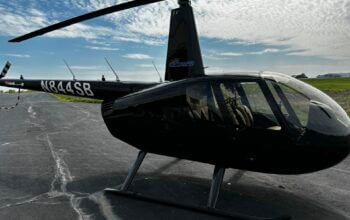Estimated reading time 3 minutes, 47 seconds.
Late on Oct. 17, The Boeing Company sent the U.S. Department of Transportation copies of internal text messages that revealed high-ranking employees on the 737 Max program had concerns with the plane’s Maneuvering Characteristics Augmentation System (MCAS) in November 2016. Those concerns were discussed almost three years ago during the initial certification of the aircraft.

MCAS has been implicated in two high profile Max crashes that claimed a total of 346 lives.
The messages have prompted the Federal Aviation Administration (FAA) administrator to demand an “immediate” explanation from Boeing president and CEO Dennis Muilenburg.
According to information first published by Reuters, the exchange was between the Max’s then-chief technical pilot Mark Forkner and another Boeing pilot, Patrik Gustavsson.
In the exchange, Forkner said, “… there are still some real fundamental issues that they claim they’re aware of,” after a simulated Max flight during the aircraft’s development phase.
He later continued, “[MCAS is] running rampant in the sim on me, at least that is what Vince thinks is happening . . . so I basically lied to the regulators (unknowingly).”
“It wasn’t a lie, no one told us that was the case,” replied Gustavsson.
Forkner added: “I’m levelling off at like 4000 ft, 230 knots and the plane is trimming itself like crazy. I’m like, WHAT?”
Gustavsson replied, “That’s what I saw on sim one, but on approach. I think that’s wrong.”
The “Vince” referred to earlier in the exchange was reportedly going to provide Forkner with a “spreadsheet table that shows when it’s supposed to kick in.”
Boeing told regulators it had discovered the documents in its files months ago.
In a statement made on Oct. 20, Boeing said it is “unfortunate that this document, which was provided early this year to government investigators, could not be released in a manner that would have allowed for meaningful explanation.
“While we have not been able to speak to Mr. Forkner directly about his understanding of the document, he has stated through his attorney that his comments reflected a reaction to a simulator program that was not functioning properly, and that was still undergoing testing.”
Boeing said in its most recent statement that it is continuing to investigate the circumstances of the exchange, and will share the available facts with investigating and regulatory authorities.
The revealing messages surfaced just a week after Muilenburg was stripped of his chairman title by Boeing’s board, and before he is slated to testify to U.S. congress about the 737 Max’s development.
The FAA said it is “reviewing the information to determine what action is appropriate.”
The regulator has also shared the document with the relevant Congressional committees. “The FAA is following a thorough process, not a prescribed timeline, for returning the Boeing 737 Max to passenger service. The agency will lift the grounding order only after we have determined the aircraft is safe,” said the agency in a statement.








